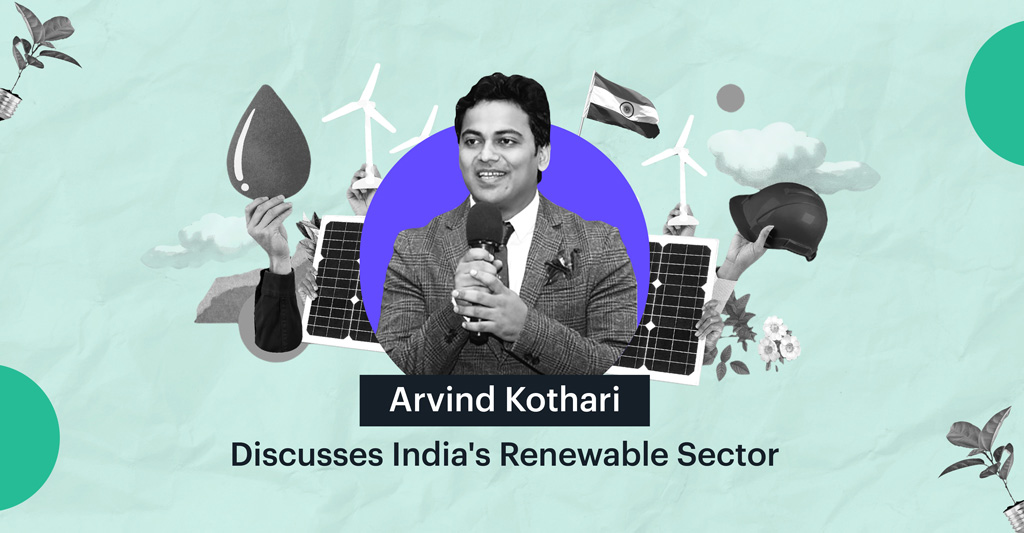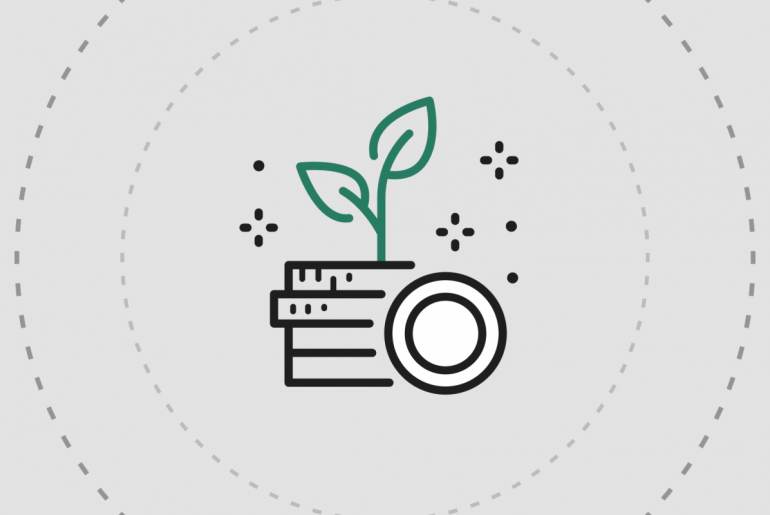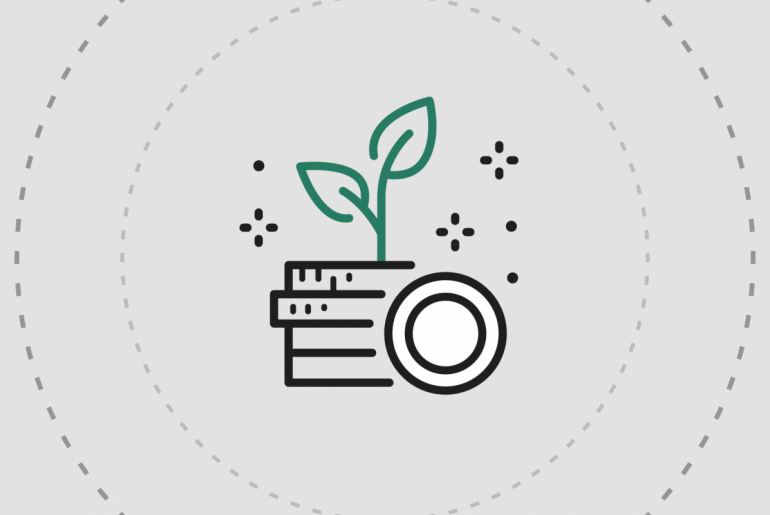Last Updated on Nov 16, 2021 by Aradhana Gotur
Arvind has been practising Equity Research and Investment Advisory for the last 8 yrs and has previously worked with ICICI Bank as an Industry Research Analyst. He then founded Niveshaay Investment Advisors, a SEBI Registered Investment Advisory Firm.
COVID-19 was an eye-opener to shift investments in renewable energy to accelerate progress towards a more liveable and climate-resilient future post COVID. We have witnessed a very strong trend in the Clean energy ETF’s worldwide.
The decade gone by has been full of disruption for the renewable energy sector with huge developments due to the ever-changing technological advancements and quantum of subsidies by the governments around the world.
Currently, we are at an extremely exciting juncture where it is now amply clear that solar PV Technology is the most scalable globally and it’s becoming less prone to disruption as the technology is maturing.
Costs continue to fall for Solar and Wind – Renewable electricity is increasingly getting cheaper than any new power capacity based on fossil fuels, according to a report by the International Renewable Energy Agency (IRENA).
*Source – IRENA
According to the Goldman Sachs report, renewable power will reach 25% of the total energy supply capex in 2021, beating out hydrocarbons for the first time ever.
According to the Goldman Sachs report, renewable power will reach 25% of the total energy supply capex in 2021, beating out hydrocarbons for the first time ever! Click To TweetTable of Contents
Current Scenario of India’s Renewable sector
India is the world’s third largest producer and consumer of electricity. India’s total installed generation capacity is 382 GW. 80% of energy demand is still being met by coal, oil, and solid biomass.
Renewable energy forms around 25% (95 GW) of total power generation capacity in India of which 40% is Solar.
We are witnessing a visible impact of solar energy in the Indian energy sector. India’s total installed capacity is around 40 GW of solar power, which is 10% of the total installed power capacity in our country. Our total installed capacity has increased by 15x in the last 6-7 yrs.
India’s total installed capacity is around 40 GW of solar power, which is 10% of the total installed power capacity in our country. Our total installed capacity has increased by 15x in the last 6-7 yrs. Click To TweetThe country currently has the fourth highest wind installed capacity in the world with a total installed capacity of 39.2 GW (as of 31st March 2021).
Future of renewable energy sector in India
India currently aims to install 450 GW of renewable energy capacity. This will largely be dominated by solar power with 300 GW capacity and 140 GW of wind power capacity.
Solar power is set for explosive growth in India – As things stand, solar accounts for less than 4% of India’s electricity generation, and coal close to 70%. It is expected, Solar will match coal’s share in the Indian power generation mix within two decades or even sooner in the Sustainable Development Scenario.
Solar accounts for less than 4% of India’s electricity generation, and coal close to 70%. It is expected, Solar will match coal’s share in the Indian power generation mix within two decades or even sooner Click To TweetWind installation and forecast in India according to Global Wind Energy Council (GWEC) report
Even in a low case scenario, GWEC expects 14.8 GW wind installation in India in the next 4 yrs.
Over 2021-25, India is expected to install nearly 20.2 GW of wind capacity, 90% of which will come from central tenders, followed by corporate procurement.
And, beyond 2025, GWEC is expecting 5 GW installations annually.
Trend of hybrid Projects – To increase the reliability of renewable energy, SECI started conducting solar/wind hybrid auctions in 2018. The objective of the policy is to provide a framework for the promotion of large grid-connected wind-solar PV hybrid systems for the efficient utilisation of transmission infrastructure and land.
It also aims to reduce renewable power generation variability and achieve better grid stability.
Why Hybrid?
With the complementary intermittent nature of wind and solar, power production can be levelled out throughout the day with a Solar-Wind Hybrid.
India’s monthly Wind, Solar, and Hybrid generation profile
India’s policy for bio-fuels – The Ethanol Blending Programme (EBP) seeks to achieve a blending of Ethanol with motor spirit with a view to reducing pollution, conserving foreign exchange and increasing value addition in the sugar industry enabling them to clear cane price arrears of farmers.
The current ethanol production capacity in India is around 400 cr. litres p.a. with the ethanol blending at 6.5%. For 20% ethanol blending 900-1000 cr. litres of new capacity needs to build out.
India’s net import of petroleum was 185 MMT at a cost of US $ 551 bn. in 2020-21. Most of the petroleum products are used in transportation. Hence, a successful E20 program can save the country US $4 bn. p.a., i.e. Rs. 30,000 cr.
India’s net import of petroleum was 185 MMT at US $ 551 bn. in 2020-21. Most of the petroleum products are used in transportation. Hence, a successful E20 program can save the country US $4 bn. p.a., i.e. Rs. 30,000 cr. Click To TweetInvesting in renewable sector
Companies must Go Green to survive: Mukesh Ambani
Mukesh Ambani announced an Rs. 75,000 cr. investment in the Clean energy business. Reliance will build solar manufacturing units, a battery factory for energy storage, a fuel cell-making factory, and an electrolyzer unit to produce green hydrogen as a part of the business.
And, we believe it will change the picture of India’s Clean energy business. And, many industries will benefit from this.
In the future, major demand drivers for the renewable energy sector will be
- Electric transport and flexible demand: Ground transportation becomes electrified, boosting global electricity demand by as much as 50%. More and more electricity demand (including EV charging and crypto mining) becomes flexible, to use electricity at the hours that it’s cheapest (frequently meaning solar).
- Cheap energy storage: This allows shifting of solar (the cheapest electricity) to use in evening hours, increasing the amount of solar that can be productively used each day.
- Decarbonisation: More than a hundred countries have joined an alliance aiming for net zero emissions by 2050. This is aspirational and not always backed by domestic action.
How to invest in the Renewable Energy theme?
An industry’s potential can be huge but not all companies make big in that industry. Returns can vary a lot depending on your investment selection.
So, the most important part of any theme is picking good ideas. But here, it is very difficult to identify the direct company, which will become successful and a leader.
Apply the process of second-order thinking. Which sectors are likely to benefit from the whole trend? Which company is likely to get the least disruption in the whole chain of the product?
In the second order thinking approach, analyse multiple variables and invest in those companies which are likely to be less disruptive and enjoy a competitive advantage in some form.
You also can check out the Green Energy Portfolio by Niveshaay. A transition to clean energy is about making an investment in the future. After the detailed research on Green Energy space, Niveshaay designed ‘Green Energy Portfolio’ on Smallcase.
This is a portfolio of stocks, which will benefit from the energy transition.
Hey before you go, we’ve got something special for you! On the occasion of Diwali 2021, we are gifting you a free Tickertape Pro upgrade. It’s #dimaaglaganekamuhurat! All you have to do is just sign up on Tickertape and avail the offer. Go on, claim your free account now!
- Government Policy’s Role in Energy and Transportation Opportunities - Nov 6, 2023
- How To Take Advantage of Small-Cap Stocks To Make Good Profits - Apr 12, 2023
- What To Expect From Green Energy Sector in 2023? - Jan 19, 2023






Excellent information on High Beta stock.